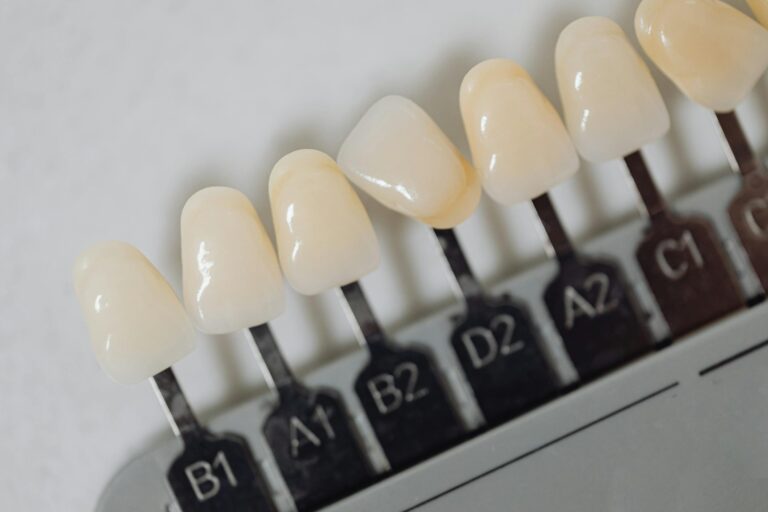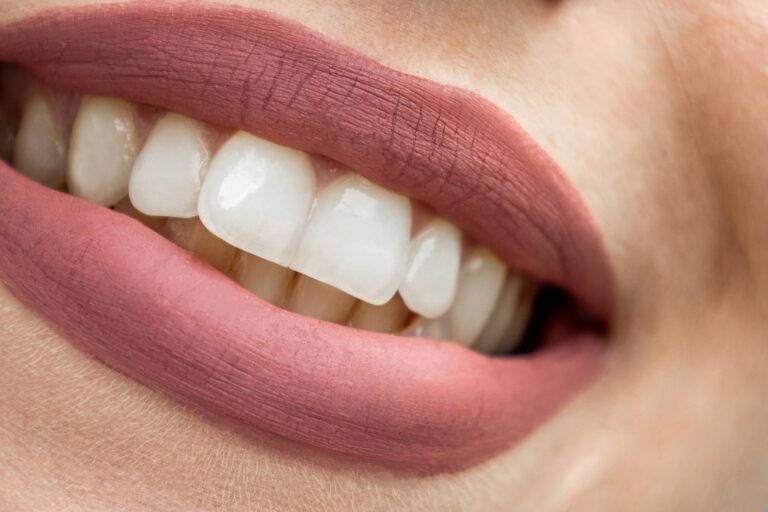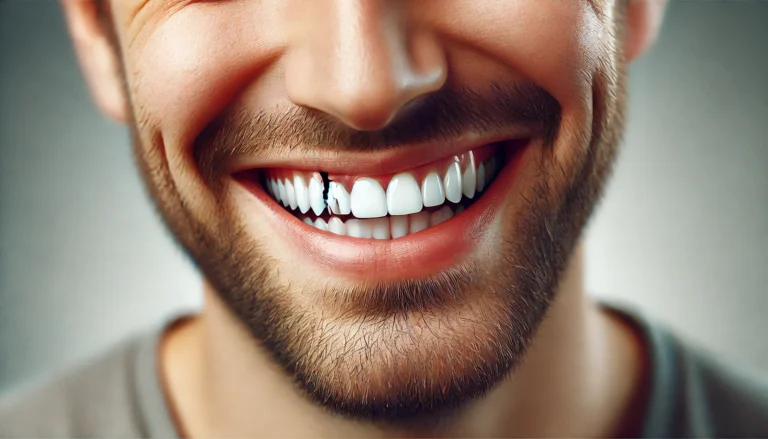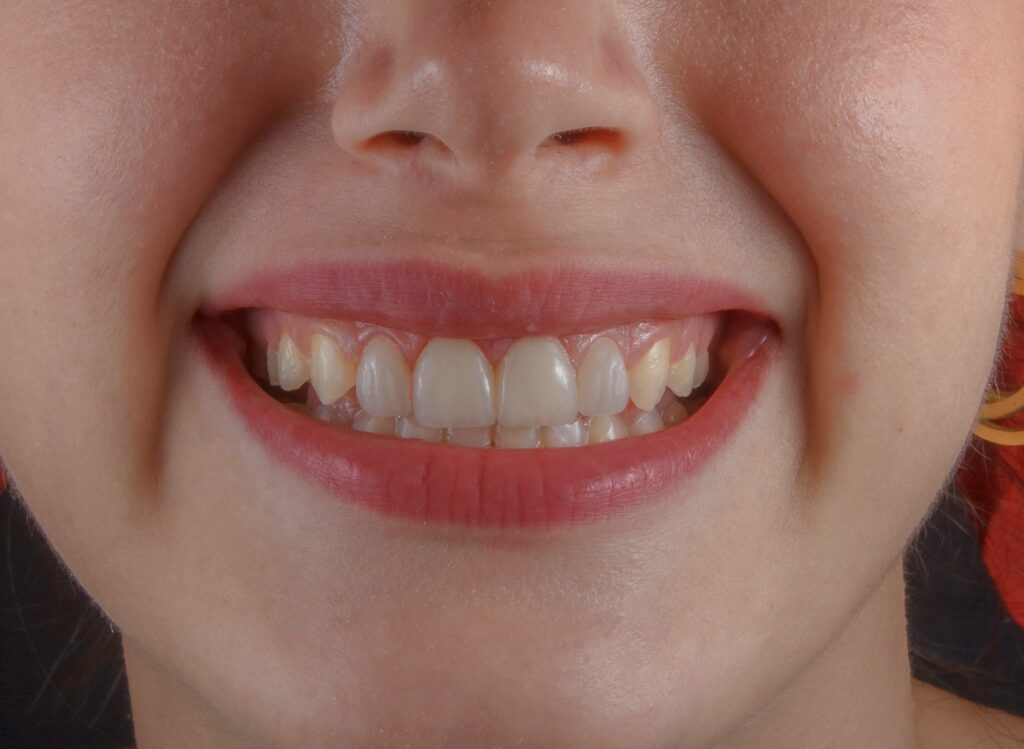
Dental bonding is a widely recognised cosmetic dental procedure that can significantly enhance one’s smile by addressing various imperfections such as chips, gaps, and discolouration.
This procedure consists of applying a tooth-coloured resin to the affected areas, which is then carefully shaped and polished to blend seamlessly with the surrounding teeth. But how long does dental bonding last?
It is essential to understand the numerous benefits of dental bonding, as well as the factors that can influence its durability. Individuals should also learn about the expected lifespan of dental bonding and the signs that may indicate it requires replacement.
Additionally, practical tips can be shared to help extend the lifespan of bonding, ensuring a lasting and beautiful smile.
What Is Dental Bonding?

Dental bonding is a cosmetic dentistry procedure that significantly contributes to aesthetic enhancement and tooth restoration. It utilises composite resin materials to improve both the longevity and durability of your smile.
This versatile dental treatment can effectively address a range of dental issues, including crooked teeth, tooth discolouration, gaps, and cracks, making it a popular option for those looking to achieve a brighter and more confident smile.
Whether you are visiting a dental clinic for a routine check-up or exploring more specialised dental care, familiarising yourself with dental bonding can lead to better overall oral health outcomes.
How Is Dental Bonding Performed?
The dental bonding procedure is a straightforward approach in which dental professionals apply composite resin to the affected teeth. This ensures a strong bond that effectively restores both function and aesthetics.
Typically, the process begins with preparing the tooth surface, followed by the application of the bonding material. After that, the dental expert shapes and polishes the resin to match the natural enamel of the surrounding teeth, resulting in a seamless and visually appealing finish.
By understanding the steps that a dental specialist takes, patients can truly appreciate how effective bonding techniques can be in enhancing their smiles.
What Are the Benefits of Dental Bonding?
Dental bonding presents several advantages that contribute to its popularity in cosmetic dentistry. Dental bonding is cost-effective, minimally invasive, and capable of delivering immediate aesthetic enhancements.
With dental bonding, patients can swiftly tackle concerns such as tooth decay, chips, and gaps, leading to increased confidence and satisfaction.
This procedure not only enhances the appearance of the teeth but also aids in preserving the natural tooth structure, making it an excellent option for individuals who wish to improve their smiles without resorting to more extensive dental treatments.
What Are the Factors That Affect the Durability of Dental Bonding?
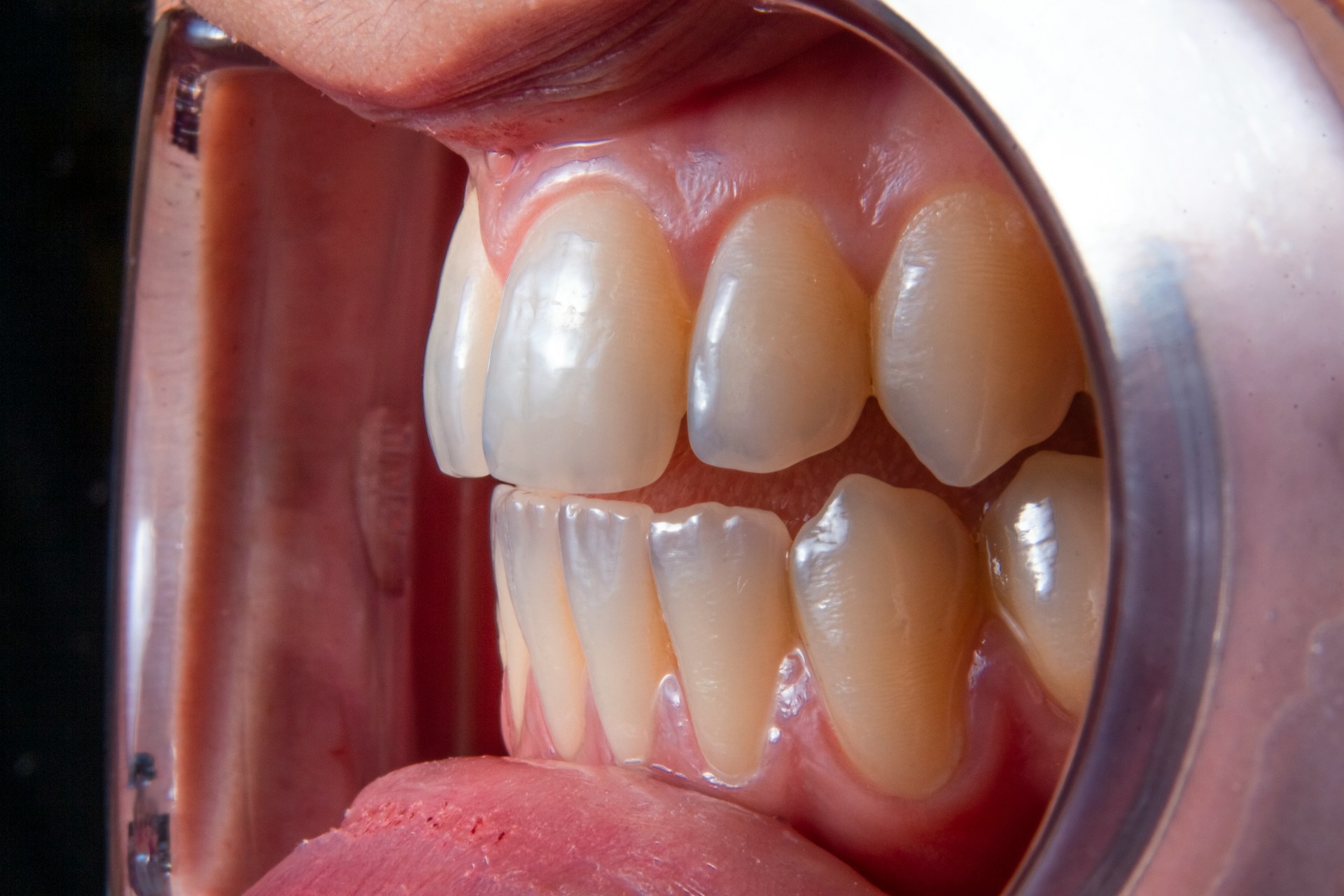
The durability of dental bonding is affected by various factors, including the location of the bonding, individual oral hygiene habits, and the specific types of bonding materials used.
By understanding these factors that influence the longevity of dental bonding, patients can take proactive measures to maintain their bonding, ensuring it remains both effective and visually appealing.
Elements such as lifestyle choices and routine dental care are essential in determining the lifespan of the bonding and the overall success of the procedure.
1. Location of the Bonding
The location of the bonding plays a significant role in its durability. Areas that experience more stress or wear, such as molars, may necessitate the use of more robust bonding materials and techniques to ensure longevity.
A dental professional must carefully evaluate several factors, including the presence of occlusal forces and the potential for exposure to acidic foods or drinks in the targeted area.
For example, whilst the incisor regions may encounter less sheer biting force, they are often more concerned with aesthetics and require a different type of bonding material that balances both strength and finesse.
Additionally, the choice of material may be influenced by the patient’s oral hygiene habits and any pre-existing conditions that could affect the performance of the bonding. By considering all these factors, a dental expert can optimise the effectiveness of the bonding and prolong its lifespan.
2. Oral Habits
Certain oral habits, such as teeth grinding or nail-biting, can negatively impact the durability of dental bonding, potentially leading to bonding failure and increased maintenance requirements.
When these habits occur frequently, they can place excessive pressure on the bonded surfaces, resulting in issues like chips, cracks, or even complete detachment from the tooth. Additionally, poor dental hygiene—characterised by inadequate brushing and flossing—can worsen these problems, increasing the risk of plaque build-up and subsequent decay around the bonding site.
By maintaining good hygiene practices, individuals can not only extend the lifespan of their dental bonding but also improve their overall oral health. Therefore, it is essential to recognise how everyday habits may jeopardise dental work, particularly for those who wish to keep their dental bonding effective and visually appealing over time.
3. Diet and Nutrition
A diet that is high in staining foods and drinks can lead to discolouration of dental bonding. In contrast, proper nutrition plays a vital role in supporting overall dental health and can help preserve the bonding materials used.
Individuals should be particularly mindful of items such as coffee, red wine, and dark sauces, as these can contribute to unsightly stains. Additionally, sugary snacks and acidic beverages can not only harm the bonding but may also deteriorate the surrounding tooth structure.
Conversely, a balanced diet that includes fruit, vegetables, and whole grains can effectively promote gum health and strengthen enamel. Foods rich in calcium and phosphorus, such as dairy products and nuts, are especially important for maintaining the structural integrity of dental bonding, ensuring its longevity and effectiveness during daily use.
4. Oral Hygiene
Maintaining excellent oral hygiene is essential for extending the lifespan of dental bonding. Regular brushing and flossing play a key role in preventing plaque build-up and tooth decay, both of which can compromise the bonding materials.
Along with these fundamental practices, patients should consider using a soft-bristled toothbrush and non-abrasive toothpaste. These options are gentler and can help protect the bonding from unnecessary wear and tear. It is also wise to schedule routine dental cleanings and check-ups. A dental professional can identify any early signs of issues that may affect the bonding, allowing for timely intervention.
Furthermore, engaging in protective measures, such as wearing a mouthguard during sports or when grinding teeth, can significantly enhance the longevity of dental work.
Lastly, having comprehensive dental insurance can alleviate the financial burden associated with preventive care, ensuring that patients receive essential treatments without hesitation.
How Long Does Dental Bonding Typically Last?
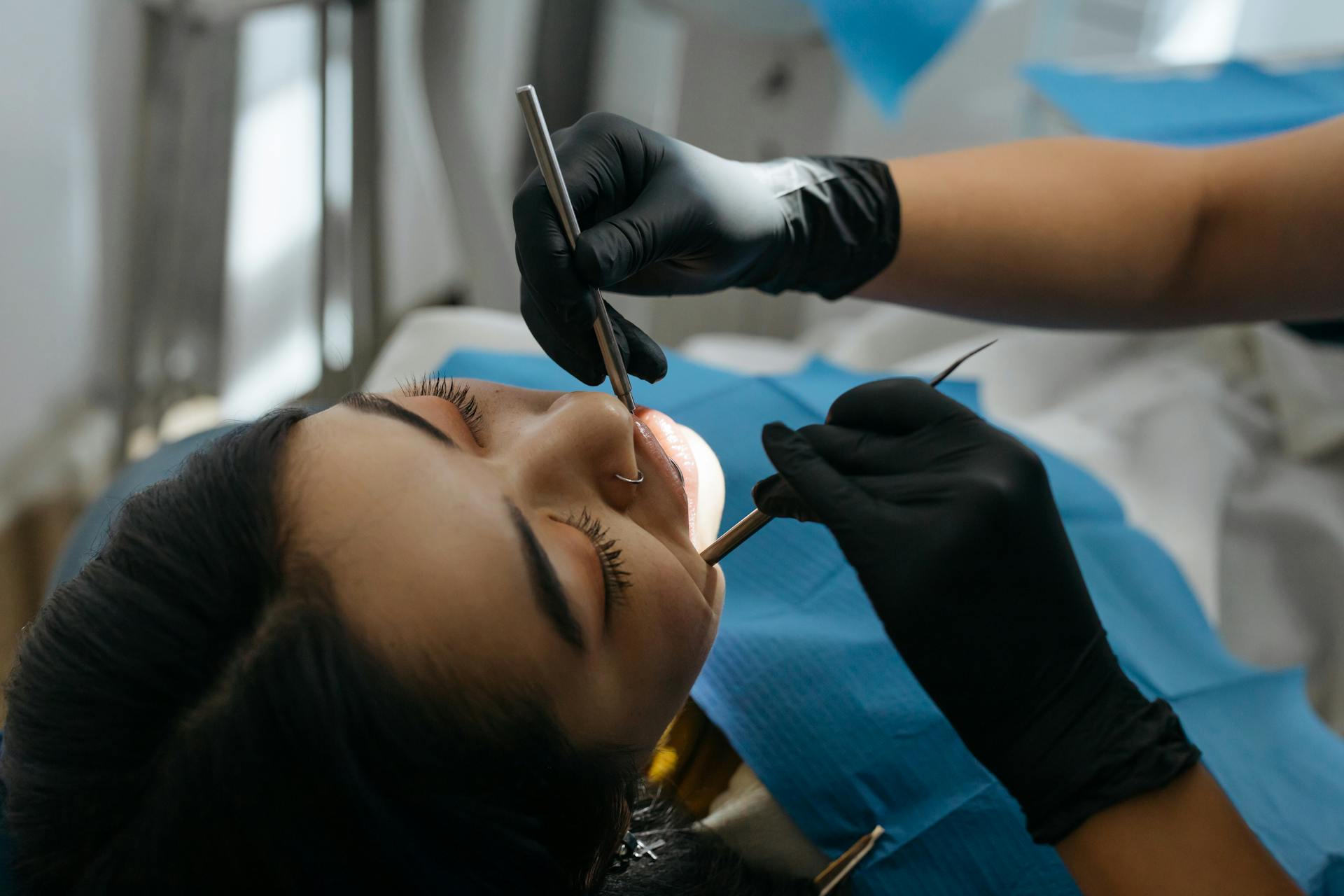
On average, dental bonding can last anywhere from 3 to 10 years. This longevity largely depends on several factors, including the type of bonding materials used, the specific location of the bonding, and how well patients maintain their oral hygiene practices.
Research and various dental reviews suggest that high-quality composite resin materials can significantly enhance the lifespan of dental bonding. However, bonding applied in areas that experience heavy bite forces may wear out more quickly. Lifestyle choices also play a role; for instance, regular consumption of staining substances like coffee or tobacco can affect the aesthetic durability of the bonding.
Additionally, consistent dental check-ups and timely repairs can further extend the life of dental bonding. By detecting issues early, patients can take prompt action, helping to preserve both the integrity and appearance of the bonded teeth over time.
What Are the Signs That Dental Bonding Needs to Be Replaced?
Recognising when dental bonding needs replacement is crucial for maintaining optimal dental health.
Some common signs to look out for include visible discolouration, as well as any chips or cracks in the bonding material.
1. Discoloration or Staining
Tooth discolouration is often one of the first indicators that dental bonding may need replacement. Over time, bonding materials can stain, which diminishes the aesthetic appeal of the restoration.
This discolouration can arise from various factors, particularly dietary choices. Beverages like coffee, tea, and red wine are well-known for their staining properties. Additionally, the use of tobacco products and inadequate oral hygiene can worsen the situation, resulting in a dull or yellowed appearance that detracts from the vibrancy of one’s smile. As time goes on, these stains can become more entrenched, making the bonding appear less lifelike and noticeable.
To combat these effects, individuals can adopt preventive measures. Practising good oral hygiene, using a straw when consuming staining beverages, and visiting the dentist regularly for cleanings are all effective strategies. These straightforward actions not only help maintain the aesthetic quality of dental bonding but also contribute to overall oral health, ensuring that smiles remain bright and beautiful.
2. Chipping or Cracking
Chipping or cracking of the bonded tooth surface can significantly impact both its appearance and function, often indicating that a visit to the dentist is necessary for evaluation and potential repair.
These issues can arise from various factors, such as excessive force from biting down on hard foods, the gradual deterioration of the bonding material over time, or even trauma to the mouth. As a result, the integrity of the bonding may be compromised, increasing the risk of further damage. When these complications occur, it is important to consult a dental professional without delay.
The dentist may recommend a thorough examination to assess the extent of the damage and discuss repair options, which could include re-bonding the affected area or, in more severe cases, replacing the entire bonded tooth. Additionally, regular check-ups can help identify early signs of bonding failure, ensuring optimal oral health.
3. Wear and Tear
Over time, normal wear and tear can impact the effectiveness of dental bonding, potentially leading to a rough surface or reduced bonding strength that may require replacement.
This deterioration is often influenced by various lifestyle factors, including dietary habits, oral hygiene practices, and even habits like teeth grinding. Regularly consuming hard or abrasive foods can chip or wear down the bonding material, while improper cleaning techniques can lead to plaque build-up and enamel erosion.
To extend the lifespan of dental bonding, it is crucial to adhere to a diligent oral hygiene routine that includes the following:
- Brushing with non-abrasive toothpaste
- Regular flossing
- Routine dental check-ups
Additionally, avoiding high-staining foods and beverages can help maintain the aesthetic appearance of the bonding, ensuring it continues to blend seamlessly with the surrounding teeth.
How Can You Extend the Lifespan of Dental Bonding?

Extending the lifespan of dental bonding requires a thoughtful approach that includes maintaining good dental hygiene, scheduling regular check-ups, and understanding bonding techniques that can enhance its effectiveness.
By prioritising these elements, individuals can help ensure their dental bonding remains intact and functional for as long as possible.
1. Avoid Staining Foods and Drinks
To safeguard dental bonding, it is important to limit the consumption of staining foods and beverages, such as coffee, red wine, and berries, as these can lead to discolouration and compromise the aesthetic outcome.
Moreover, in addition to these well-known offenders, acidic foods like citrus fruits and tomato-based sauces can also contribute to the deterioration of bonding materials. The impact of these dietary choices goes beyond mere appearance; they can also affect the longevity of dental work and overall oral health.
Individuals with dental bonding may want to consider alternatives like herbal teas, white wines, and light-coloured fruits, which are less likely to cause staining. Additionally, maintaining good oral hygiene by brushing and rinsing after meals can help reduce staining and ensure that the dental bonding remains in optimal condition.
2. Practice Good Oral Hygiene
Practising good oral hygiene habits, such as regular brushing and flossing, is essential for maintaining dental bonding and preventing issues that could lead to its deterioration.
Using a non-abrasive toothpaste can greatly assist in protecting the integrity of the bonded area. It is also advisable to avoid hard or sticky foods that might exert excessive pressure on the bonding material.
Regular visits to the dentist for professional cleanings and check-ups are important, as they can help identify potential problems early and keep your smile looking its best. Opting for a soft-bristled toothbrush and employing gentle brushing techniques can further enhance your oral health.
For individuals with dental bonding, being mindful of habits such as grinding teeth or using teeth as tools is crucial for preserving those enhancements.
3. Wear a Mouthguard for High-impact Activities
Wearing a mouthguard during high-impact activities is essential for protecting dental bonding from physical stress and potential damage, which ultimately ensures its longevity and effectiveness.
This protective gear acts as a critical barrier, absorbing shocks and dispersing forces that could compromise dental work. There are various types of mouthguards available, including custom-fitted options that offer superior comfort and protection, as well as boil-and-bite varieties that provide a more budget-friendly alternative.
By incorporating a mouthguard into their routine, individuals participating in sports or other strenuous activities can significantly reduce the risk of oral injuries. This not only enhances the durability of their dental procedures but also promotes overall oral health.
4. Visit the Dentist Regularly
Regular visits to the dentist for check-ups are essential for monitoring the condition of dental bonding, facilitating timely interventions that can help extend its lifespan.
During these appointments, individuals can expect a thorough evaluation of their oral health, which includes an examination of the gums, teeth, and any existing dental work. The dentist will look for signs of decay, gum disease, or potential issues that could impact the integrity of the dental bonding.
This proactive approach plays a critical role in identifying any necessary treatments early on, which can prevent the need for more extensive procedures later.
By maintaining routine check-ups, individuals not only protect the aesthetics of their dental work but also promote overall health by effectively managing conditions such as cavities and periodontal disease.
Frequently Asked Questions
How long does dental bonding last?
Dental bonding typically lasts anywhere from 5 to 10 years, depending on how well it is taken care of and the location of the bonding in the mouth.
What factors affect the durability of dental bonding?
The durability of dental bonding can be affected by factors such as oral hygiene, biting and chewing habits, and the location of the bonding in the mouth.
Is dental bonding a permanent solution?
No, dental bonding is not considered a permanent solution. It may need to be replaced or touched up after a few years, depending on the individual’s oral health and habits.
How can I make my dental bonding last longer?
To help prolong the lifespan of your dental bonding, it is important to practice good oral hygiene, avoid biting or chewing on hard objects, and visit your dentist regularly for cleanings and check-ups.
What happens if my dental bonding falls off?
If a piece of your dental bonding falls off, it is important to visit your dentist as soon as possible. They will be able to assess the situation and determine if the bonding can be repaired or if it needs to be completely replaced.
Can dental bonding be used to fix all dental issues?
No, dental bonding is typically used to fix minor cosmetic issues such as small chips, gaps, or discoloration. It is not a suitable solution for more severe issues such as large gaps or significant damage to the tooth.
